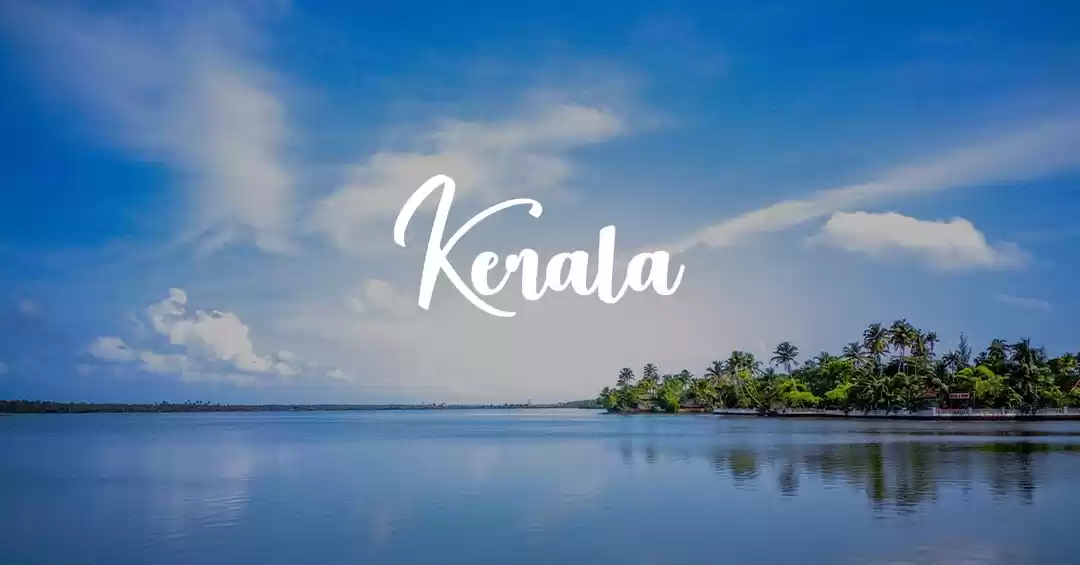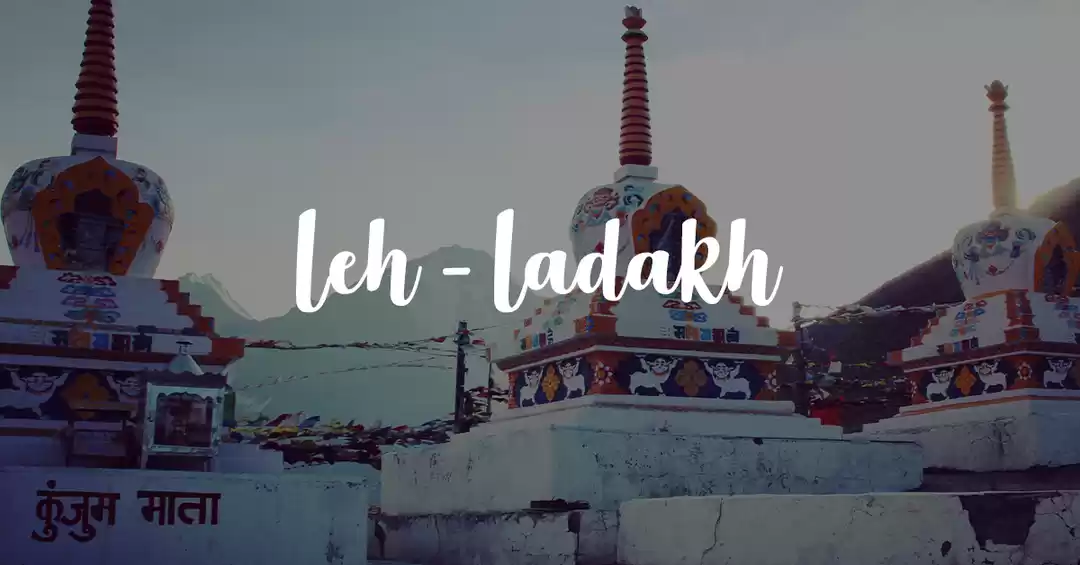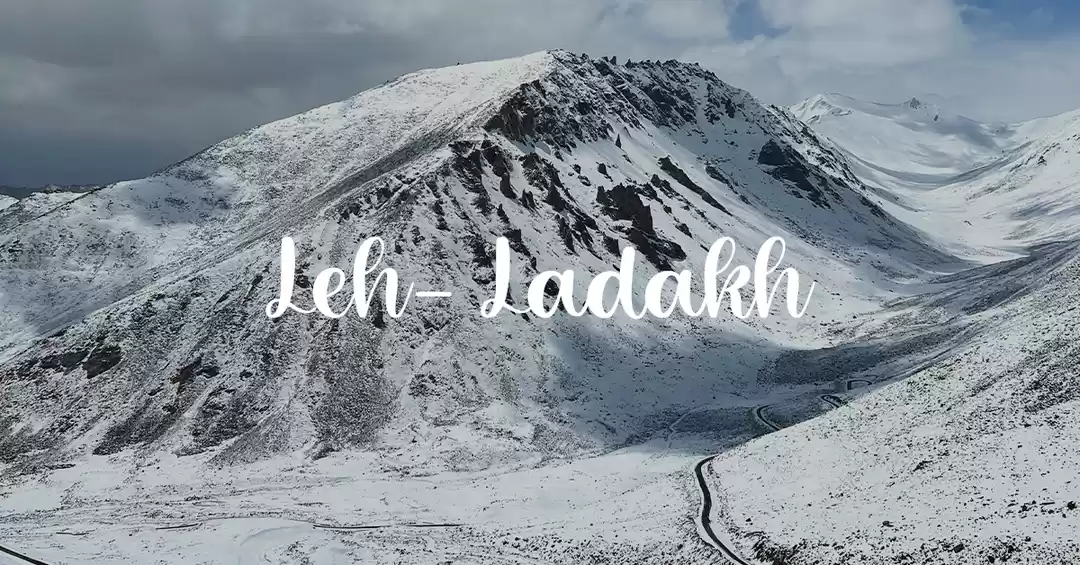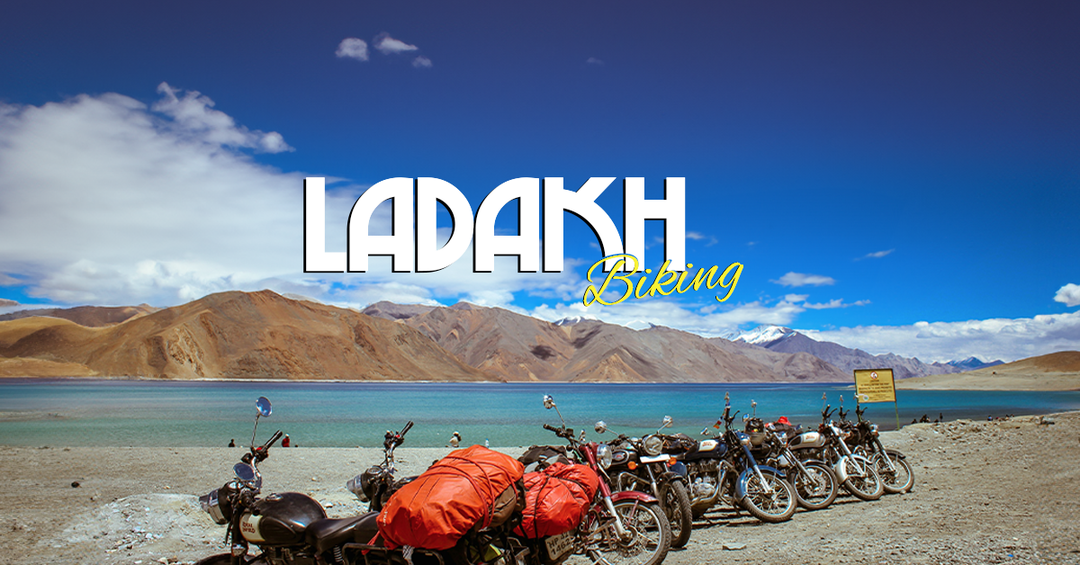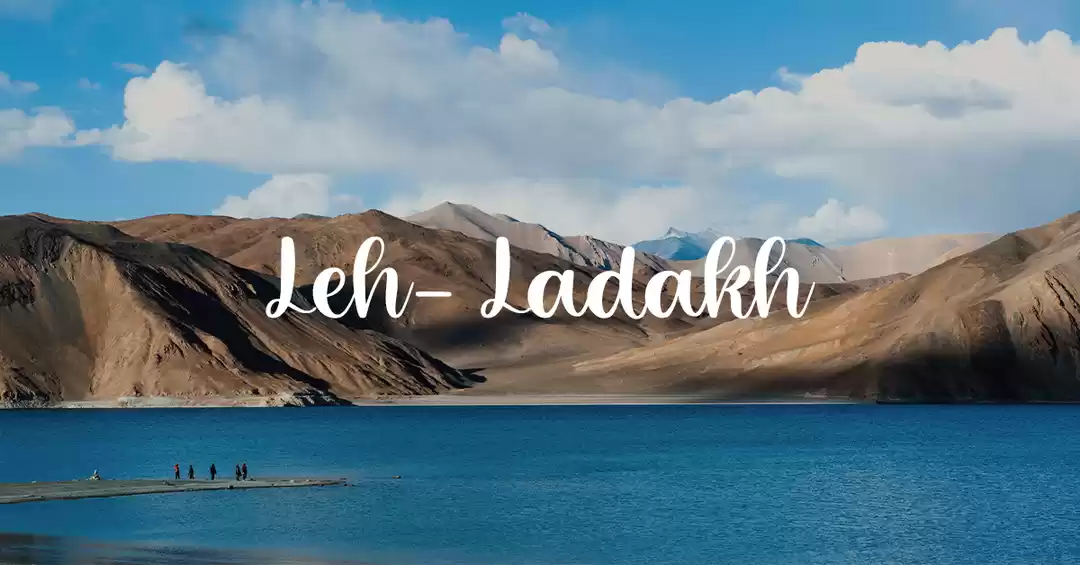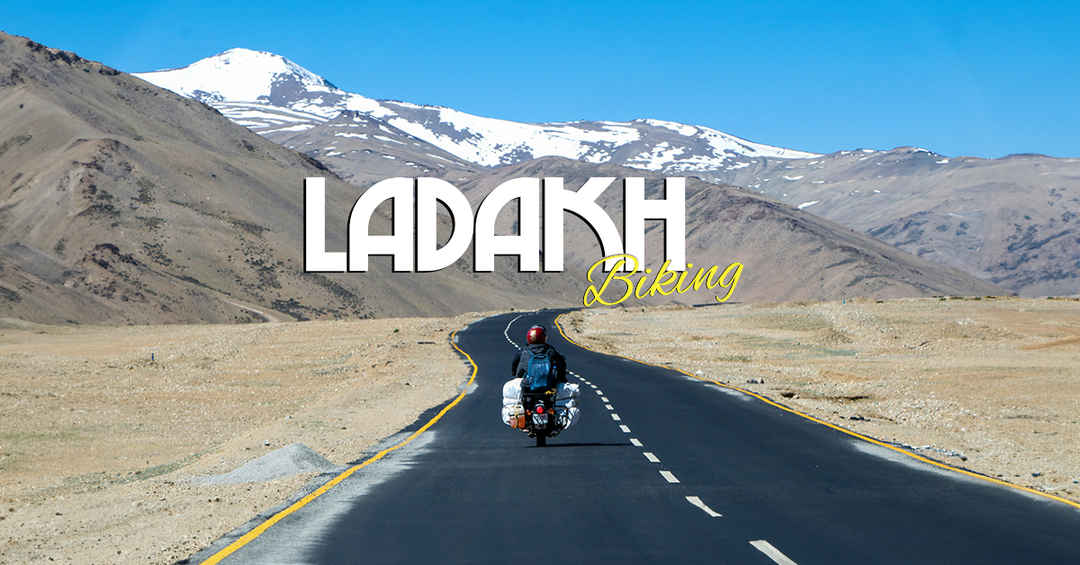Have you ever heard of the enchanting coastal town of Gokarna in the southern Indian state of Karnataka? Or the legends and story of Gokarna? It's a hidden gem with a fascinating mix of spirituality, history, and stunning natural beauty that has captivated travellers from all around.
The legends and story of Gokarna have transcended time, continuing to fascinate and inspire everyone even today. Join us as we embark on a journey through time and explore these captivating legends and stories.

Here are some of the legends of Gokarna and interesting stories that make it so captivating.
How Did Gokarna Get its Name?
Gokarna's prominence in Hindu mythology can be traced back to the age of ancient epics. Legend has it that Lord Shiva, one of the principal deities in Hinduism, emerged from the ear of a cow (Go) in this very town, hence earning the name "Gokarna", which translates to "Cow's Ear." This mythological tale is also linked to the fascinating legend of Gokarna and the Atmalinga.
Legends And Stories of Gokarna
The Legend of Lord Shiva and the Atmalinga of Gokarna
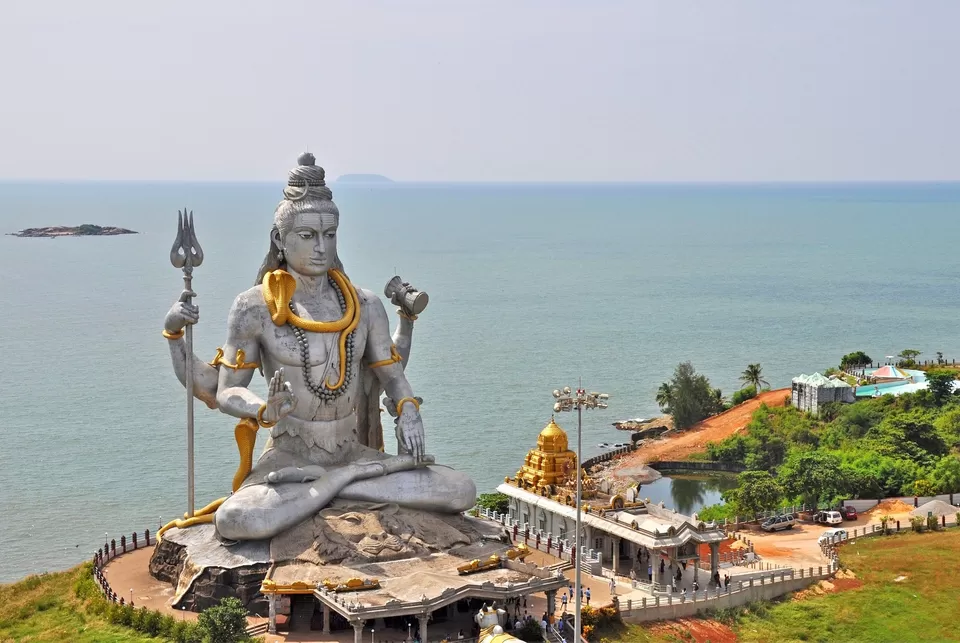
The most celebrated legend of Gokarna revolves around the Atmalinga, a sacred idol of Lord Shiva. According to Hindu mythology, Ravana, the mighty demon king of Lanka, was an ardent devotee of Lord Shiva. In his quest for immortality and divine powers, Ravana embarked on a rigorous penance at Mount Kailash, the abode of Lord Shiva.
Pleased with Ravana's devotion and tenacity, Lord Shiva appeared before him and offered to grant any wish. Ravana, driven by his ambition, requested the Atmalinga, a divine and invincible representation of Lord Shiva's essence which could make him invincible, to be taken back to Lanka. Despite warnings from sages and gods about the consequences of possessing such power, Ravana remained steadfast in his determination.
Lord Shiva agreed to grant Ravana's wish, but under one condition: the Atmalinga should not be placed on the ground during the journey back to Lanka. If it touched the land, it would become immovable and stay at that place forever.
Carrying the Atmalinga in his hands, Ravana began his journey towards Lanka. The gods were concerned that Ravana's possession of the Atmalinga could lead to chaos and destruction. Seeking to protect the world, they sought the assistance of Lord Vishnu. Lord Vishnu devised a plan and he realised that Ganapati was alone capable of doing it, he along with all the gods pleaded Ganapati to execute the plan. Ganapati accepted and reached Gokarna disguised as a Brahmin boy.
As Ravana was nearing Gokarna, Lord Vishnu was well aware that Ravana was disciplined while performing his periodical prayers, hiding sun with his Sudarshana Chakra— Ravana ended up thinking that it was time to perform his evening rites, Ravana finds the Brahmin boy (Ganesha) and asks him to hold the Atmalinga until he came back from his prayers. Ganapati agreed to hold the linga on one condition that he would do so until he would be able to take the weight of linga and that once he won’t be able to, he would call Ravana three times and if failed to come to him, he would place the linga on the land.
Ganapati calls Ravana three times when he is performing his prayers and places the linga on the land and he vanishes as he doesn’t return while he was in the middle of his rites. The Atmalinga at once got firmly entrenched in the earth. Upset, king Ravana was deeply agitated and tried to pull up the linga, but the linga did not even move. It resulted in him throwing the coverings of the Linga to Dhareshwara, Gunavanteshwara, Murudeshwara and Shejjeshwar (now these are sacred temples). Ravana failed to lift the linga from the ground again and named the Shiva linga as Mahabala, one with great strength, and ever since, the linga is popularly called as Mahabaleshwara. The Atmalinga remained in Gokarna, becoming a symbol of Lord Shiva's divine presence and a sacred pilgrimage site for devotees. It is believed that the lingam in the Mahabaleshwar Temple, the principal temple of Gokarna, is the very Atmalinga that Ravana tried to carry to Lanka. Visiting the temple brings this story of Gokarna to life!
The Legends of Sanctums of Gokarna

Gokarna's spiritual aura is palpable and draws devotees and pilgrims from all corners of the country. The Mahabaleshwar Temple, dedicated to Lord Shiva, stands as a testament to the town's spiritual legacy. Built in the Dravidian architectural style, the temple features intricate carvings and sculptures that depict various mythological legends (of Gokarna included). The main idol, the Atmalinga, is enshrined in the sanctum and is open to worship by devotees.
The temple is often filled with devotees during major festivals like Maha Shivaratri, when they throng to seek Lord Shiva's blessings and partake in the grand celebrations. The air is filled with the fragrance of incense, the sound of bells, and the chants of "Om Namah Shivaya," creating an atmosphere of devotion and piety.
Adjacent to the Mahabaleshwar Temple is the Maha Ganapati Temple, dedicated to Lord Ganesha, the remover of obstacles. It is customary for pilgrims to visit this temple before proceeding to the Mahabaleshwar Temple, seeking Lord Ganesha's blessings for a smooth and successful spiritual journey.
The Legends of Miraculous Cave Temples of Gokarna

Gokarna is not only renowned for its grand temples but also for its unique cave temples, which add to the town's mystical appeal with their legends of Gokarna. One such remarkable site is the Koti Tirtha, a sacred tank that is said to wash all your sins away. Legend has it that the mystic bird Garuda once scooped up Saptashrungi mountain (lord Brahma’s home) and flew away with it, according to legends. When Lord Brahma saw it, he was furious and commanded Garuda to place it on the ground. Garuda dropped it partly on land and partly in the sea. Half of the tirthas on it were immersed in water during this incident, and the leftover one crore were said to have been set on the ground in Gokarna.
The literal meaning of the words koti is crore, and tirtha means sacred streams, forming the Koti Tirtha. The annual Koti Linga pilgrimage, held during Karthika Masa (falls between October and November), witnesses thousands of pilgrims visiting Gokarna to bathe in the holy waters of Koti Tirtha and seek divine benediction.
Another notable cave temple is the Shree Bhadrakali Temple, dedicated to the fierce form of Goddess Parvati, known as Bhadrakali. Nestled amidst lush greenery, this temple holds a unique aura that reflects the balance between the gentle and ferocious aspects of the divine feminine. These places give a deep dive into the rich and interesting legends of Gokarna while additionally, letting you experience the culture of the town.
Festivals and Celebrations of Gokarna
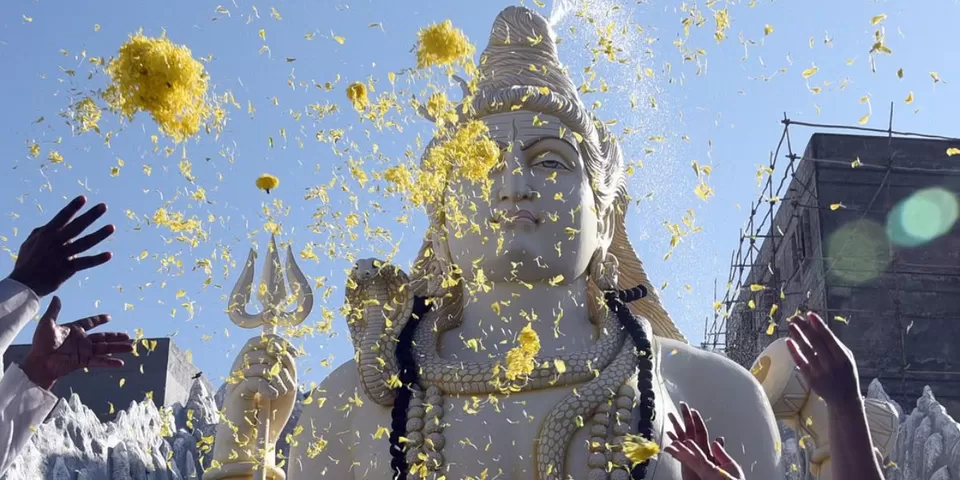
Gokarna's cultural vibrancy is at its peak during festivals and celebrations. Maha Shivaratri, celebrated with great enthusiasm, witnesses the town adorned with lights and decorations. The streets come alive with processions, music, and dance as devotees celebrate the marriage of Lord Shiva and Goddess Parvati (It’s as if all the legends of Gokarna come to life during this time). The Karthika Masa, which falls between November and December, invites the Koti Linga pilgrimage and attracts many devotees from all over the country, who embark on a spiritual journey by visiting various temples and holy sites. The atmosphere is filled with devotion, and the entire town is engulfed in the aroma of incense and flowers.
Traditional Food Have Their Own Story in Gokarna
Gokarna's culinary delights are an essential part of the town's cultural heritage. The local cuisine is a tantalising fusion of traditional South Indian dishes with influences from the coastal region (Konkani and Malwani). As a town with deep spiritual roots, many eateries in Gokarna serve pure vegetarian food but the town equally celebrate its seafood recipes, with a wide range of flavorful and aromatic dishes to offer, which includes–
1. South Indian Staples
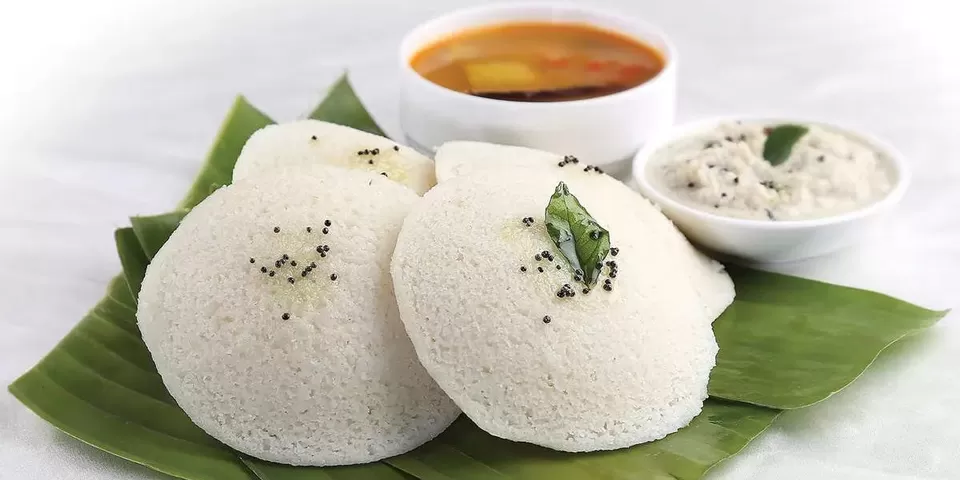
An array of authentic South Indian dishes that cater to both locals and travellers. From dosas and idlis served with flavorful chutneys to piping hot sambar and rasam (tangy tamarind soup), you can indulge in a delightful range of dishes typical of the region. This is the comfort that you need!
2. Coastal Delicacies

Being a coastal town, Gokarna boasts a delectable variety of seafood dishes. Freshly caught from the Arabian Sea finding its way into the kitchens of local eateries, where authentic and ages old recipes create mouthwatering seafood curries, grilled fish, and prawn delicacies.
3. Local Specialties

One of the must-try local specialties in Gokarna is the "Kane Rava Fry," a dish prepared with fresh ladyfish coated in semolina (rava) and shallow-fried to perfection. Another popular delicacy is "Mangalore Buns," a sweet and savoury banana-based snack often served with coconut chutney.
4. Street Food Delights

Walking through Gokarna's narrow streets, you will encounter a variety of street food vendors selling delectable treats. From spicy bhajis (fritters) and vadas (savoury lentil doughnuts) to refreshing coconut water and sugarcane juice, Gokarna's street food scene has something to satisfy every palate. Don’t forget to try the popular Kallu Sakkare, a kind of sugar candy with a refreshing taste.
Preserving Gokarna's Culinary Heritage
As Gokarna continues to become more popular, there is a concerted effort to preserve and promote the town's culinary heritage. Local communities and restaurants are actively promoting traditional recipes and ensuring that the dishes retain their authentic flavours. Many restaurants source ingredients from local farmers and fishermen, supporting the community and promoting sustainable practices and also not letting those true flavours die down. So, when you’re here don’t forget to indulge in the traditional cuisines of Gokarna.
The Natural Beauty and Pristine Beaches of Gokarna
Beyond its spiritual prominence, Gokarna is blessed with pristine beaches and breathtaking landscapes, which add to its charm. Each beach boasts a distinctive feature, offering something unique for every traveller.
1. Kudle Beach:

Kudle Beach is the first of the famous beaches one encounters while heading towards Gokarna. Surrounded by lush hills and coconut groves, Kudle Beach presents a tranquil setting. The soothing sound of the waves, the golden sand, and the stunning sunsets make it an ideal spot for relaxation and rejuvenation (This beach is also a 5-minute walk from The Hosteller Gokarna).
2. Om Beach

Om Beach, with its unique 'Om' shape, is one of the most iconic and frequented beaches in Gokarna. It got its name due to the natural formation of two crescents that form the shape of the auspicious symbol 'Om' when seen from above. Om Beach is perfect for beach lovers, adventure seekers, and spiritual travellers alike. It offers various water sports like banana boat rides, parasailing, and surfing, providing a thrilling experience for visitors.
3. Half Moon Beach

Accessible via a short trek from Om Beach or by boat, Half Moon Beach is a small, secluded paradise. Surrounded by rocky cliffs, this crescent-shaped beach is a peaceful haven away from the bustling crowd. Travellers often visit this beach to unwind, indulge in beachside camping, and immerse themselves in nature's serenity.
4. Paradise Beach

True to its name, Paradise Beach is a secluded and relatively less-explored coastal stretch, accessible only by boat or a 30-minute trek through scenic trails. The beach's seclusion and lack of commercialization make it an ideal spot for those seeking solitude and a more intimate connection with nature.
More About the Recent History of Gokarna
Gokarna's recent history is a tale of transformation, evolving from a quiet pilgrimage destination to a gem of a travel destination. Until a few decades ago, Gokarna remained relatively unknown outside of local pilgrims and devotees. The advent of the hippie movement in the 1960s brought about a significant change in Gokarna's environment. During this time, groups of Western backpackers and spiritual seekers, in search of alternative and offbeat destinations, discovered Gokarna's serene beauty and spiritual ambiance. The town's untouched beaches, tranquil atmosphere, and laidback lifestyle resonated with these travellers, prompting them to establish a backpacker community. Word of Gokarna's enchanting charm spread through traveller grapevines and travel guides, and over time, more and more backpackers travelled to this coastal town full of legends and stories. Today, Gokarna continues to be an ideal destination for backpackers, beach lovers, and spiritual seekers while maintaining its cultural heritage.
Spirituality and Adventure Unite When You’re Here
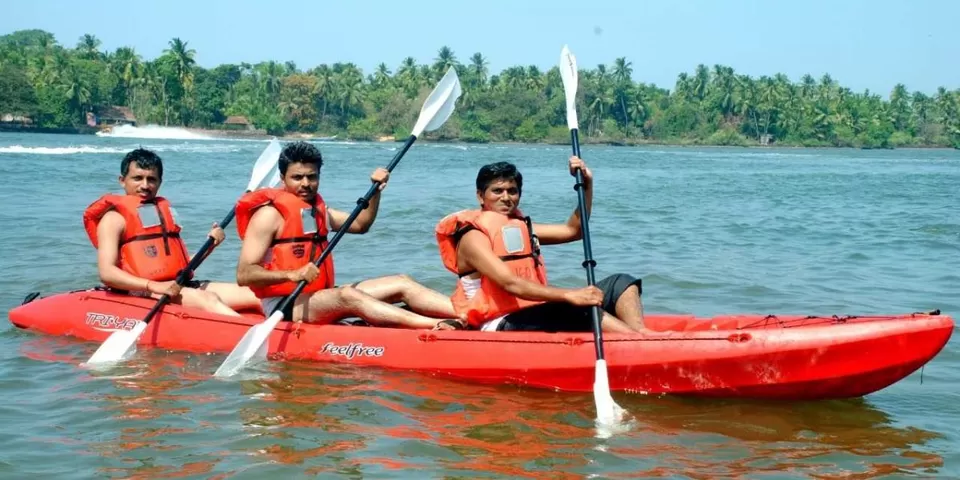
Gokarna's appeal lies not only in its spiritual sanctuaries and the legends of this town, but also in the perfect fusion of spirituality and adventure it offers to travellers. The serene beaches, surrounded by lush hills, provide an idyllic backdrop for yoga and meditation on top of that the town's geographical setting and the Arabian Sea's proximity make Gokarna a prime destination for water sports enthusiasts. From surfing and jet-skiing to paddle boarding and snorkelling, adventure seekers have a plethora of activities to choose from. The clear waters and vibrant marine life enhance the charm of these water adventures.
Why Gokarna is Famous Now
While Gokarna's legends and spiritual legacy have been etched in history for centuries, it is only in recent times that the town has gained popularity as a traveller's paradise. Its offbeat charm, juxtaposed with the convenience of modern amenities, has caught the attention of both Indian and international travellers.
Some Eccentric Facts And Stories of Gokarna

Cows as revered companions: Gokarna's culture involves a deep reverence for cows, which are often spotted leisurely roaming the beaches and streets. The locals and visitors treat them with great respect, reflecting the town's unique relationship with these animals.
Dogs of Gokarna: In Gokarna, dogs are also regarded with special significance. An interesting cultural trait is that some dogs seem to respond to the traditional Indian greeting "Namaste" by raising their paws, showcasing the town's distinctive connection with its canine companions.
Tips for Travelling to Gokarna
Respect Local Customs: Gokarna is a spiritual town, and it's essential to respect local customs and traditions. Dress modestly when visiting temples and religious sites, and be mindful of the local culture.
Eco-friendly Practices: Gokarna's natural beauty is one of its main attractions, and it's essential to be responsible and promote sustainability. Avoid littering and dispose of waste responsibly to help preserve the pristine environment.
Carry Cash: While Gokarna has ATMs, it's a good idea to carry sufficient cash, especially if you plan to visit less commercialised areas and beaches where electronic payment options may be limited.
Pack Essentials: Remember to pack essentials such as sunscreen, hats, sunglasses, comfortable walking shoes, and beachwear. If you plan to indulge in water sports, carry appropriate gear or rent it from reliable sources.
Photography Etiquette: Seek permission before taking photographs of locals, especially during festivals or rituals. Some places, such as temples, may have restrictions on photography.
Choosing the Best Time to Travel to Gokarna

Choosing the right time to visit Gokarna is crucial for a fulfilling and enjoyable experience. The coastal town experiences a tropical climate, with distinct seasons affecting the weather and overall ambiance.
1. Winter (October to February)
The winter months are considered the best time to visit Gokarna, as the weather is pleasant and comfortable. During this period, the temperatures range from 20°C to 32°C, making it ideal for exploring the beaches, temples, and other attractions. The humidity levels are lower, and the chances of rain are minimal, ensuring clear skies and picturesque sunsets.
The peak tourist season falls between November and January, attracting travellers from across the globe. The festive atmosphere during Christmas and New Year adds to the town's charm, with various cultural events and celebrations taking place. It is advisable to book accommodations well in advance during this time, as hotels and guesthouses tend to get fully booked.
2. Spring (March to May)
Spring in Gokarna can be relatively warm, with temperatures ranging from 25°C to 35°C. While the weather is still pleasant in March, the heat starts to increase as April and May approach. This season can be suitable for travellers who prefer fewer crowds and are ready to beat the heat with all the water sports and fun activities on the beach.
3. Monsoon (June to September)
Gokarna experiences monsoon from June to September, with heavy rainfall and occasional thunderstorms. While the lush greenery during the monsoon can be visually appealing, the incessant rain may hinder outdoor activities and beach visits. The rough seas and strong currents also make swimming and water sports unsafe during this time.
However, if you enjoy the beauty of rain-soaked landscapes and a more tranquil environment, visiting Gokarna during the monsoon can offer a unique experience. Just be prepared with rain gear and expect some thrilling adventure.
Local Transportation in Gokarna
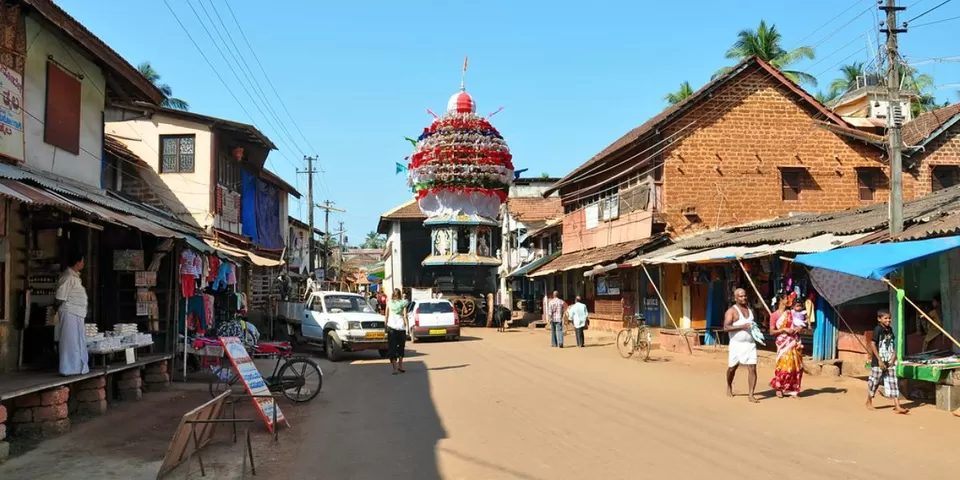
Gokarna is a relatively small town, and most of the attractions are easily accessible on foot. Walking through its narrow lanes, lined with coconut trees and quaint houses, provides a delightful experience.
For longer distances or to explore the nearby beaches, you can rent a scooter or a motorbike from local vendors. It is a popular mode of transportation among travellers, as it offers flexibility and allows you to explore Gokarna at your own pace.
Auto-rickshaws and local buses also ply within the town and to nearby villages and attractions. Auto-rickshaws can be hired for short distances, while buses are a more economical option for travelling to neighbouring towns and beaches.
Parting thoughts:
Gokarna, a town of legends, spirituality, and natural beauty, is a tapestry woven with threads of myth and history. The captivating tales of Lord Shiva and the Atmalinga have immortalised this coastal gem, drawing travellers from far and wide. While it remains a sacred pilgrimage site, Gokarna's fame has transcended spiritual boundaries, becoming a haven for seekers of both serenity and adventure.
Whether one seeks solace in the ancient temples or basks in the sun-kissed beaches, Gokarna promises an enchanting and unforgettable experience, leaving an indelible mark on the hearts of all who visit.
As you immerse yourself in Gokarna's spiritual heritage and explore its pristine beaches, you can choose to stay at The Hosteller Gokarna - strategically located near the Kudle beach and Om beach that gives easy access to discover all the stories and legends of Gokarna, additionally it’s a hub for all fellow backpacker and travellers to huddle up and make great connections and exchange stories. So, pack your bags, set forth on a journey to Gokarna, and unlock the secrets of this town, where time seems to stand still.
Disclaimer — The Hosteller is a chain of backpacker hostels that provide pocket friendly and sociable backpacker accommodation. We are present in over 50+ locations and aim to create a global backpacking community that is eager to experience the magic of travel. To know more about our hostels, workations and experiences — check out our website or follow us on social media.



